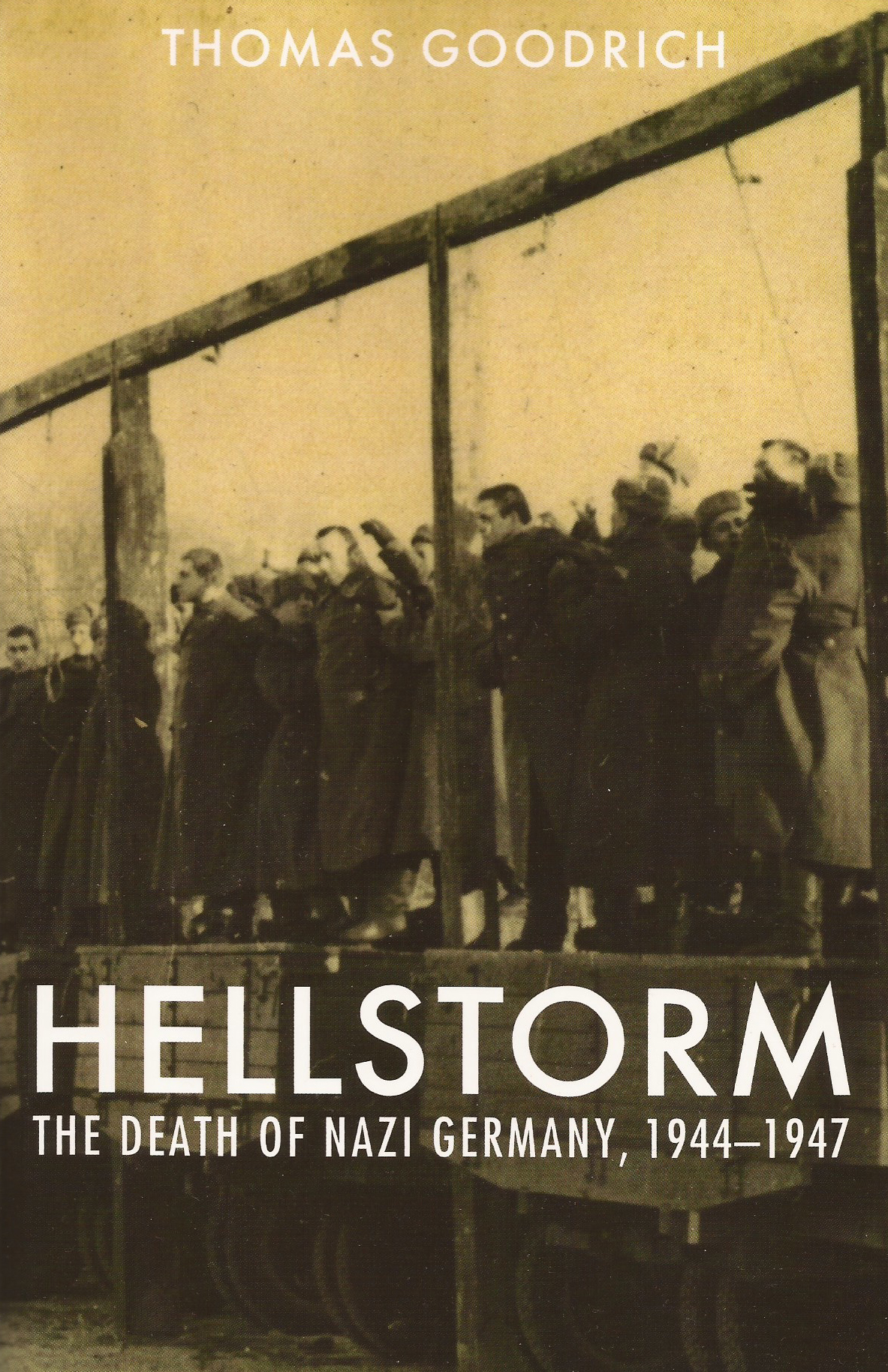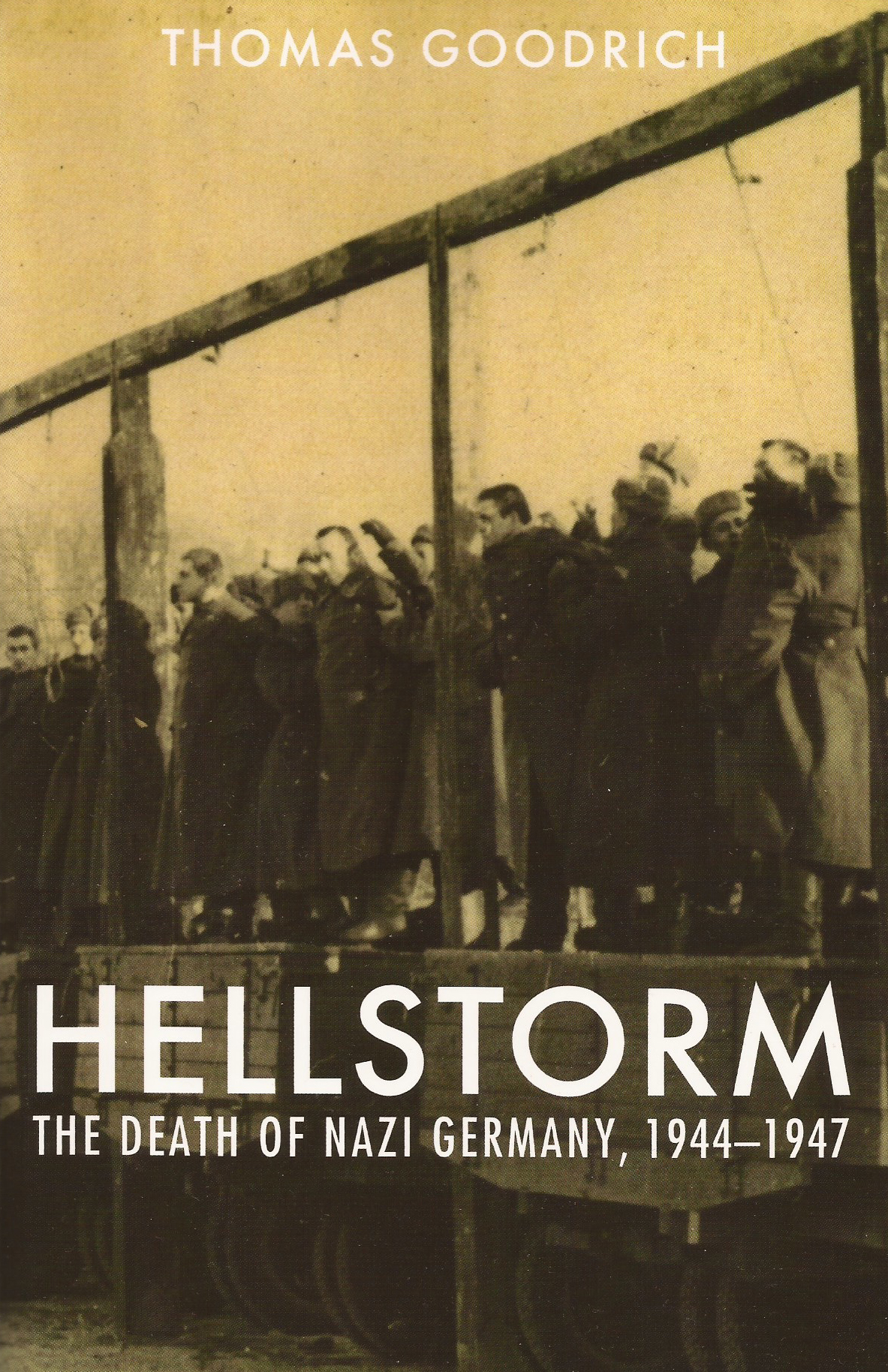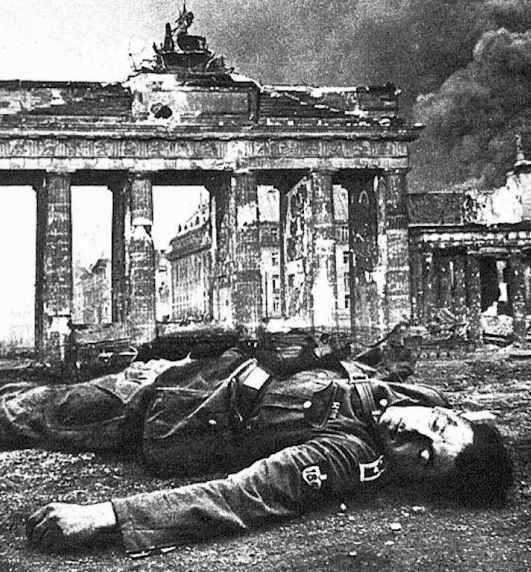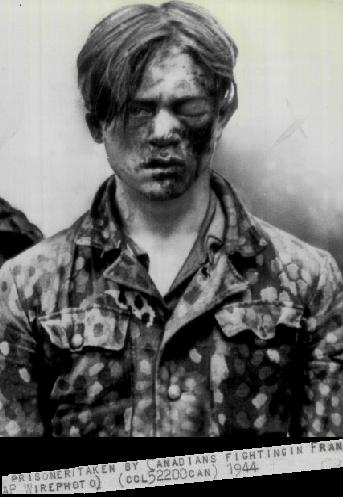The following is my abridgement of chapter 19 of William Pierce’s history of the white race, Who We Are:
Iberians, Phoenicians, Celts, Romans, Goths, Jews,
and Moors Gave Spain Racial Diversity
Jews Infest Spain, Betray it to Muslim Invaders
Moors End Gothic Rule, Are Stopped by Franks
White Reconquest of Spain Takes Over 700 Years
Just as the southeastern-most region of Europe—the lands bordering the Black Sea on the west and north—has been a borderland contested between Whites and non-Whites over the course of most of our recorded history, so also has Europe’s southwesternmost projection, the Iberian peninsula, been a racial battlefield throughout the centuries. Serving as a natural gateway into Europe from Africa, Iberia has repeatedly been used by invaders from the south, and the racial consequences may be seen in Spain and Portugal today, where an exceptionally wide range of racial types is to be found.
Greeks and Celts. Cadiz, Malaga, and Cordoba were all established originally by the Phoenicians, and the name Spain itself is of Phoenician origin.
As early as 600 B.C. the Greeks had also established colonies in Iberia, mainly on the coast of northern Catalonia (the northeastern part of the peninsula), for the same reason as the Phoenicians. The Greeks later expanded southward along the Catalonian coast and down into Valencia.
Around 500 B.C. the first Celts arrived. Only in the northwestern part of Iberia, in Galicia and Asturias, did the Celts remain relatively unmixed.
The Basques have undoubtedly undergone a certain amount of racial admixture with Indo-Europeans over the last 2,500 years, but their speech remains as the sole example of a Mediterranean language still extant on western European soil.
In 480 B.C. the Carthaginians, a Semitic people of Phoenician origin, in response to a plea for help from their Phoenician cousins in Cadiz who were attempting to put down an Iberian insurrection, invaded the peninsula. Once in, the Carthaginians decided to stay and they settled down to a long period of expansion and economic exploitation.
Semitic Beachhead. In 237 B.C., after the First Punic War, in which Rome took Sicily away from Carthage, the Carthaginians made the fateful decision to strengthen their beachhead on European soil. They began a general conquest and colonization of those parts of Iberia not already under their control. During this process the Carthaginian general Hamilcar Barca founded the cities of Cartagena and Barcelona, the latter named for his own family.
Rome regarded the Carthaginian moves in Iberia—in particular, the siege of the Greek colony of Saguntum (modern Sagunto, on the Valencian coast)—as a casus belli; thus commenced the Second Punic War. After a long and difficult struggle against the redoubtable Hannibal, Rome crushed Carthage and found herself in possession of a new province: Iberia. Although it then took the Romans 75 years to pacify all the Iberians, Celts, and Celtiberians of the peninsula, it remained Roman for more than five centuries. The Roman imprint on Spanish culture and politics, as well as on the racial destiny of the peninsula was very strong.
The Roman conquest ended the power of the Semitic Carthaginians in Iberia, but on the heels of Rome’s legions came another plague of Semites to batten on the rich province: the Jews. In their inimitable fashion they wormed their way into every aspect of the Iberian economy, and it was not long before there was hardly a commercial transaction anywhere in the peninsula in which money did not rub off on some Jew’s palm.
So many Jews flocked to Roman Spain, and they multiplied so prodigiously there, that today the Jews of the world still divide themselves into two categories: those descended from the Jews of the Iberian peninsula, who are called Sephardim, and those descended from the Jews who battened on central and eastern Europe instead, who are called Ashkenazim. Spain was for the Jews like New York and Miami Beach rolled into one: a commercial center with great natural resources where they could become filthy rich, and a place in the sun where they could then sit on their accumulated shekels in leisure and comfort.
Jews vs. Goths. Euric may be considered the founder of the Gothic Kingdom of Spain. He died in 484. His successors, Visigoths and Ostrogoths, ruled the peninsula for the next 227 years.
By the time of Recared I, who reigned from 585 to 601, Gothic Spain was again renowned for its wealth—and again the Jews found that wealth irresistible. The Goths, however, were not so willing as the Romans had been to allow the Jews to eat up the whole country, and in consequence there was almost continual strife between Goths and Jews, with the latter incessantly scheming, agitating, and whining of “persecution.”
Much to their later regret, the Goths did not deal decisively with their Jewish problem. Instead, they allowed themselves to be convinced by their bishops that a sprinkling of holy water would cure the Jews of their ancestral ways. King Sisibert, around the year 620, forced 80,000 Jews to be baptized, and an even larger number were driven from the kingdom.
Half a century later one of his successors, Wamba, was obliged to take similar measures against the Jews, so troublesome had they again become. In 673 he expelled from the Gothic realm all who would not submit to baptism, while the citizens of several Spanish communities acted on their own initiative and dealt with local Jewish merchants and moneylenders in a more forceful and effective way.
Although King Wamba was a strong ruler, who successfully put down a Basque rebellion and maintained his frontiers against his Frankish neighbors to the north and Arab pirates raiding by sea from the south, prosperity had already begun taking its toll of Gothic vigor. It was Wamba’s immediate predecessor, Recesuinto [Recceswinth], who, at the insistence of the Church, took the first direct step toward Gothic racial suicide (if we do not count as such Sisibert’s allowing baptized Jews to pass as Gentiles a few years earlier) when he abolished the longstanding ban against intermarriage.
Prior to Recesuinto’s reign, the racial pride of the Goths had remained intact. None but Goths might rule, and Goths might marry none but Goths. The penalty for violation of this ban was quite severe: both partners were burned at the stake. Thus, the blood of the Goths had remained unmixed with that of their Roman, Iberian, and Jewish subjects. Recesuinto allowed Goths to marry baptized Jews and anyone else who claimed Christian beliefs, and the nobility of Spain has since been tainted heavily with the Semitic blood of department-store heiresses, or the equivalent thereof in that pre-department-store era.
The Jews conspired all the more against the Goths, and the successors of Recesuinto and Wamba were obliged to take measures against them on a number of occasions. They failed, however, to rid their kingdom of the pestilence, because they did not apply the same measures against baptized Jews as against their unbaptized brethren. This shortsightedness finally led to the undoing of the Goths during the reign of Roderic, who took the throne in 709.
While the men of Roderic’s race had grown soft and indecisive over the course of the dozen generations which had passed since the time of Adolf, unable finally even to cope with a gaggle of money-hungry Semites in their midst, a new Semitic danger had begun to rise to the south of them.
Fall of Spain. Treason delivered Ceuta into the hands of the Arabs and their allies in 711, and an Arab-Moorish invasion force sailed across the strait and seized a beachhead in Andalusia. Roderic’s army fought the invaders in a fierce, three-day battle at Xeres (now Jerez de la Frontera), about 13 miles inland from Cadiz, under a blazing July sun. The Moors under their Berber general Tariq, won, and the Goths retreated to their cities.
The Gothic cities were well fortified and had withstood Arab raiding parties more than once, but as soon as Tariq’s dusky horde appeared outside the walls of each city in 711, the Jews inside, by prearrangement, threw open the gates.
For their part, the Jews were more than ready to trade masters. They had hopes, which were soon realized, that under Arab rule they would be able to regain the wealth, power, and privileged position they had held under the Romans. They bitterly hated the Goths for attempting to assimilate them into the Spanish population and make them work for their daily bread alongside Christian Spaniards.
Before word of the Jews’ treachery could be spread and the Goths could separate them—baptized and otherwise—from the general population and neutralize them, the invaders held virtually all the strong-points. Within a few months the greater part of Gothic Spain was in Muslim hands, and only scattered survivors made their way northward across the Pyrenees or into one of two remaining Gothic enclaves. One of these, in the southeast, fell to the Arabs a few years later. Only in the mountains of the north, in Asturias, were the Goths able to hold back the Semitic tide permanently.
Even today, twelve centuries after the fact, Jews still gather in their synagogues on holidays to gloat over their destruction of the Goths, and Jewish writers openly boast of their treachery. The popular Jewish author and lecturer, Max I. Dimont, has taken particular satisfaction in the fate of the Gothic women, both in Spain and in those areas of Gaul subject to Moorish raiding parties from the south. In his best-selling book, The Indestructible Jews, Dimont writes:
“As blond Christian maidens fetched fancy prices in the slave markets, raids in Christian lands by Muslim private entrepreneurs became big business. Female captives were pedigreed like dogs. Their Christian antecedents, their genuine blondness, their virginity, and their ability to bear children were all ascertained and notarized before they were marketed.”
Dimont discreetly avoids mentioning that the slave merchants doing the pedigreeing and marketing of these White girls were, in most cases, Jews. What he does say is: “From the inception of Islam’s conquest, Spanish Jews had soared to the highest government posts. A series of brilliant Jewish viziers—viceroys—enriched the caliphate’s coffers and helped usher in an age of splendor and learning.”
Battle of Tours. The victorious Semites and their mixed-race allies from north Africa did not long remain content with their conquests south of the Pyrenees. In 722 they invaded Gothic Gaul and seized Narbonne, Carcassonne, and several other towns. Ten years later, with an enormous army of Arabs and Moors behind him, the Arab governor of Spain, Abd ar-Rahman (whose name is spelled in various ways by different authors), began a new drive to the north, laying waste Gothic and Frankish areas of Gaul alike. His aim was to add all of Europe to the Muslim realm.
 (A self-depiction by the Muslims in Iberia)
(A self-depiction by the Muslims in Iberia)
Eudes, also known as Odo, the Gothic count of Aquitaine, tried to hold back the invaders at the Garonne but failed. He then combined his remaining forces with an army of Franks and German volunteers from across the Rhine, under the leadership of Charles (Karl), count of the Austrasian Franks. The armies of Charles and Abd ar-Rahman met in the rolling champagne country of east-central France, between the towns of Tours and Poitiers, in October 732. The ensuing battle was one of the most momentous in the history of our race.
The great historian Edward Gibbon also draws on medieval sources in his description of the battle:
No sooner had (Charles) collected his forces than he sought and found the enemy in the center of France, between Tours and Poitiers. His well-conducted march was covered by a range of hills, and Abderame appears to have been surprised by his unexpected presence. The nations of Asia, Africa, and Europe advanced with equal ardor to an encounter which would change the history of the world. In the six first days of desultory combat, the horsemen and archers of the East maintained their advantage: but in the closer onset of the seventh day the Orientals were oppressed by the strength and stature of the Germans, who, with stout hearts and iron hands, asserted the civil and religious freedom of their posterity. The epithet of Martel, the Hammer, which has been added to the name of Charles, is expressive of his weighty and irresistible strokes….
The victory of the Franks was complete and final; Aquitaine was recovered by the arms of Eudes; the Arabs never resumed the conquest of Gaul, and they were soon driven beyond the Pyrenees by Charles Martel and his valiant race.
Though forced to retreat south of the Pyrenees, the Arabs and the other Muslim invaders of Spain remained in the peninsula for nearly 800 years, and the genetic damage they wrought there was great. Islam, like Christianity, makes no distinction of race; all that counts is religion, not blood.
After this the Arabs and Moors were gradually pushed back toward Africa in a series of bloody wars with their neighbors to the north. Not until 1492 was the reconquest of the peninsula finally completed. In that year the unbaptized Jews were expelled en masse from the country they had betrayed eight centuries earlier, and the remaining pockets of Moors followed them ten years later. The Inquisition, which had been established in 1478, dealt to a limited extent with the baptized Jews.








